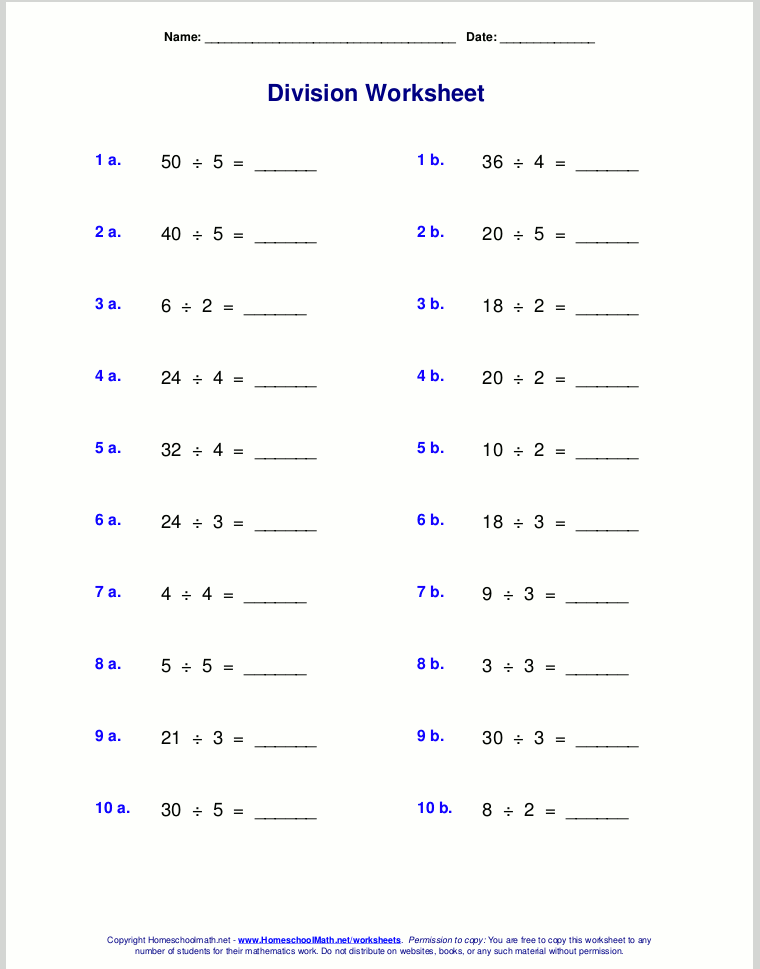Triangle of Self Obsession Worksheet Explained

Understanding the role of self-obsession in addiction and personal growth is pivotal. In the world of recovery and psychological development, the Triangle of Self Obsession is a profound model designed to illuminate the intricate layers of how obsession with oneself can hinder growth, fuel addiction, and impede relationships. Here, we'll explore the Triangle of Self Obsession Worksheet, dissect its three fundamental components, and discuss how this tool can be utilized to foster self-awareness, recovery, and mental health.
What is the Triangle of Self Obsession?

The Triangle of Self Obsession consists of three interconnected elements: Resentment, Fear, and Self-Pity. This model suggests that an individual’s preoccupation with themselves often manifests in these three forms, creating a cycle that can be paralyzing, particularly for those struggling with addiction.
- Resentment: Harboring anger or bitterness towards others, often stemming from perceived injustices or past grievances.
- Fear: The underlying anxiety about the future, the unknown, or anticipated loss, which drives individuals to cling to their past experiences or behaviors.
- Self-Pity: A state where one feels overly sorry for themselves, often ignoring their agency in shaping their destiny.
Dissecting the Triangle

Resentment

At the core of resentment is anger or bitterness towards others or circumstances, which often acts as a catalyst for self-obsession. This element of the triangle can become a persistent emotional response, clouding judgment and fostering a victim mentality. Understanding and acknowledging resentments can lead to:
- Recognizing the role resentments play in one's emotional life.
- Letting go of these resentments through forgiveness or understanding, reducing the emotional burden.
- Developing compassion and empathy for both oneself and others.
Fear

Fear, the second corner of the triangle, is often the silent driver behind many negative thought patterns. It represents the individual’s worries about future uncertainties, potential rejection, or the fear of confronting personal shortcomings. Addressing fear involves:
- Identifying the root fears that control behavior and thought patterns.
- Confronting these fears through exposure, education, or therapy.
- Building resilience by understanding that fear is a part of the human experience but does not need to dominate one's life.
Self-Pity

The third component, self-pity, is often the most difficult to recognize because it masquerades as self-care or introspection. It’s the act of feeling excessively sorry for oneself, often without taking action to change the situation. Overcoming self-pity requires:
- Acceptance of one's current state without wallowing in it.
- Moving from a mindset of "why me?" to "how can I move forward?"
- Developing a sense of agency and responsibility over one's life circumstances.
The Triangle of Self Obsession Worksheet: Application and Reflection

The Triangle of Self Obsession Worksheet serves as a practical tool for introspection and recovery. Here is how it can be used:
- Identify: List out your resentments, fears, and instances of self-pity. Be as specific as possible.
- Connect: Examine how these elements are interconnected. How does a resentment lead to fear or self-pity?
- Reflect: Consider the impact these obsessions have had on your life and relationships.
- Release: Write down steps or actions you can take to let go of these negative emotions. This could involve forgiveness, confronting fears, or seeking new perspectives.
Here is a basic template for the worksheet:
| Resentment | Fear | Self-Pity |
|---|---|---|
| List resentment here | List fear here | List self-pity instance here |
| Connection | Connection | Connection |
| Steps to Release | Steps to Release | Steps to Release |

Benefits of the Triangle of Self Obsession in Recovery and Personal Growth

Utilizing the Triangle of Self Obsession Worksheet offers several advantages:
- Self-awareness: It heightens the understanding of one's emotional triggers and patterns.
- Forgiveness: It fosters a path towards forgiveness and healing from past wounds.
- Breaking Cycles: Identifying these cycles helps in breaking the self-obsession loop, allowing for personal growth and healthier relationships.
- Building Resilience: Working through these emotions builds resilience against future emotional turmoil.
📝 Note: Use the worksheet as a personal tool for introspection and not as a one-size-fits-all solution. Adapt it to your unique experiences and needs.
In Summary

In this exploration of the Triangle of Self Obsession, we’ve delved into the intricacies of how resentment, fear, and self-pity intertwine to create an unhealthy preoccupation with oneself. The worksheet and the model provide a framework for individuals in recovery, personal development, or simply anyone interested in understanding their emotional landscape better. By engaging with this triangle, one can work towards letting go of detrimental patterns, fostering healthier emotional responses, and ultimately leading a more balanced and fulfilled life.
Can the Triangle of Self Obsession Worksheet be used by anyone?

+
Yes, anyone can use this worksheet as a tool for introspection, but it might be particularly beneficial for those in recovery or seeking personal growth.
How often should one work on this worksheet?

+
It depends on individual needs. It could be done weekly, bi-weekly, or during times of emotional distress to better understand one’s current state.
Is it necessary to work with all three elements of the triangle?

+
While it’s helpful to address all three, you might find one or two elements more relevant to your current situation. The key is to identify your patterns and work on them.



